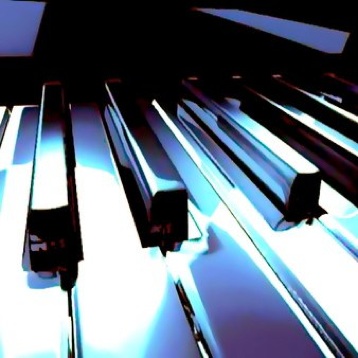
In music, a sonata (from: sonare, “to sound”) means a piece played as opposed to a cantata (from: cantare, “to sing”) a piece sung. My Piano Sonata employs a second meaning of play which is an activity or recreation for amusement, fun or jest.
Sonatas are typically written in three or four movements although single movement sonatas also exist. My sonata is a single movement written for solo piano.
To be called a sonata at least one of the movements is required to be written in sonata form. The form consists of three main sections: an exposition, development and recapitulation. The exposition presents the thematic material: one or two themes, often in contrasting styles and keys, connected by a modulating transition to a closing theme. The development explores harmonic and textural possibilities of the thematic material then re-transitions back to the original key. The recapitulation presents the thematic materials again but “resolves” contrasting materials in the home key.
My exposition unfolds three different ideas: a waggish opening theme, a slower placid theme and a jaunty closing theme. The development is a reverie that expands a subsidiary fragment from the opening followed by an interweaving of the placid theme in imitation with itself. An impish transition brings the development to a close after which the material is recapitulated.